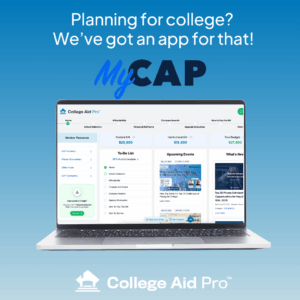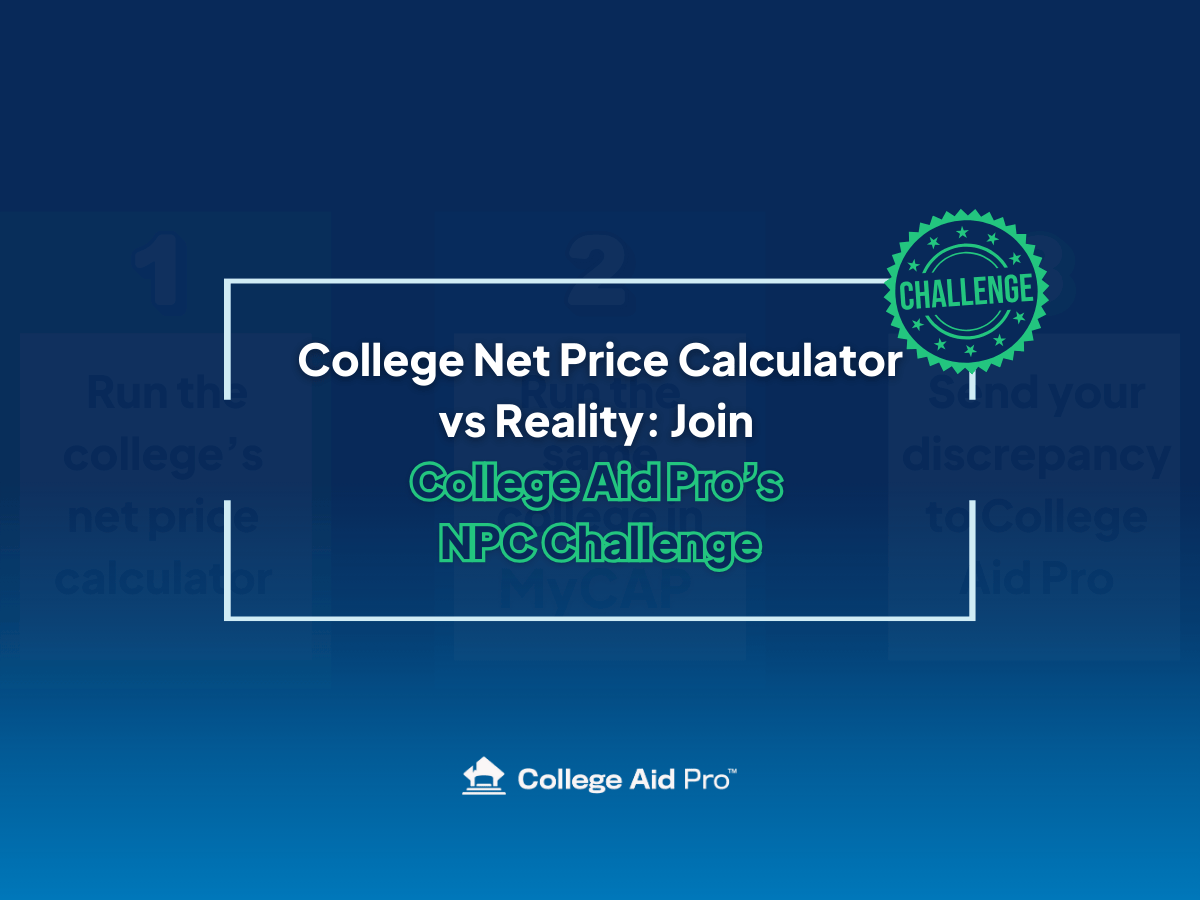 Unlock College Affordability: Your Path to an Affordable Education
Unlock College Affordability: Your Path to an Affordable Education
If you’re the parent of a rising high school junior or senior, this blog is for you.
With college only a short time away, we’re going to guide you through the decision-making process of how to afford that four-year degree without taking on unmanageable debt.
We’ll also show you how to empower your child to evaluate their college choices through the lens of financial obligations that may limit their future.
Opportunity vs. Cost—The Value of College
Most of today’s career opportunities require a college degree, and college graduates tend to earn more and experience more job security than Americans who only have a high school diploma, according to the U.S. Department of Education.
But the average annual cost of attending college has risen to almost $20,000 at public universities and nearly $50,000 at private institutions, making college attendance one of the most expensive goals for families.
The limited time available to reach this goal makes it all the more daunting. Even if parents start saving for post-secondary education the day their child is born, they only have 18 years, compared to more than 45 years of saving for retirement.
And let’s be honest, how many parents start that college savings account at the same time they apply for their newborn’s birth certificate?
Another concern is selecting the “best” college and the assumption—false, we dare say—that a degree from an expensive Ivy League or top-ranking public school is worth whatever the cost.
The school you and your child pick should first and foremost fit your student’s personality, talents, and interests and your family’s financial means. But it’s easy to be swayed by the grandparents’ opinions, prestigious thinking, the urge to impress friends and relatives, or your child’s desire to attend the same college as their friends.
How to stay focused?
Follow along.

College Affordability: Crunch the Numbers
If you and your child are like most families, you might have some college savings, but not enough to cover all four years. Grants or scholarships might lower your out-of-pocket costs a bit, but having to take out student loans will most likely be necessary.
Let’s talk about loans, or rather, by its more aggressive moniker: debt.
Because here’s the thing:
Every high school counselor and college financial aid officer will assure you and your child that financial aid will be provided, with the exact amounts spelled out in the financial aid offers your student receives shortly after the acceptance letter.
But there will be no guidance whatsoever on how to pay it back.
Nobody will tell your child how that monthly payment might possibly prevent them from moving forward with their life; how they won’t be able to afford a car, a house, a wedding because a large chunk of their monthly income will go toward that debt repayment. For years.
Let the numbers speak for themselves:
- Assume your child intends to borrow $100,000 to pay for four years at School A, a state school. Repaying that amount over 15 years (180 months) at an interest rate of 6% would mean monthly payments of almost $850 and cost almost $52,000 in interest.
- But maybe School B, an exclusive private school, also accepted your child to the tune of $60,000/year or $240,000 total. Repaying that sum over 15 years (180 months) at 6% interest would require more than $2,025 each month, totaling almost $125,000 in interest—more than the entire four years at School A.
Now consider your child’s future career plans. Do they plan to enter a relatively lucrative field like engineering or finance that would allow them to manage that monthly debt payment? What if they want to become a teacher or a newspaper journalist, professions that tend to pay less? Or pursue graduate school? Their debt could keep them behind, rather than letting the degree move them forward.
Consider your own situation. If you borrowed the money, could you afford to pay it back without lowering your contributions to your retirement savings or—worse—cashing out?
A college degree should open up opportunities, not limit them because of excessive student debt. You want to be absolutely certain that you and/or your child understand the financial consequences of the college decision.
College Affordability: Reduce the Amount of Debt You Have to Undertake
You’re nodding. You and your child understand the implications of student loan debt. But you’ve concluded that taking out some loans is inevitable. How should you proceed?
Get a head start on figures.
As your child starts selecting schools, scrutinize the college’s websites disclosing the Cost of Attendance (COA) to get a good idea of tuition, fees, housing costs, etc. Contact the financial aid office to discuss the likelihood of grants and scholarships. Elite private schools that appear the most expensive may be the most affordable due to generous endowments, but you won’t know that until you ask.
Minimize your debt (as much as possible).
Borrow the smallest amount of money needed. You or your child should not borrow to finance a lifestyle, such as traveling during spring break, going out to eat, or buying trendy clothes. Avoid additional credit card debt!
Create a repayment plan before you borrow.
If you take out a loan for $10,000, be clear about how you will repay it. What sacrifices will you have to make to afford the payments?
Work for it.
Encourage your child to get a job while still in high school and during the summer before freshman year. The earnings should be earmarked for additional college expenses, like books and supplies, travel, or entertainment.
Let affordability be the deciding factor.
Consider a more affordable in-state university or community college for your student’s first two years before transferring to the preferred college. Community colleges also serve as excellent testing grounds for kids not sure about earning a 4-year degree.
Planning a straightforward course of action ahead of time will give you greater control of your finances and set an inspiring example for your student as well.
College Affordability: Apply the Value Test
You’ll want to confirm that, in the end, that college degree was worth the expense. Here’s what to keep in mind:
- Assess the value of the school. Ask the admissions office about graduation rates and employment profiles, and average earnings of the alumni. Try to determine the college’s state and regional reputation.
- Assess the value of the degree. How well does it prepare the student for the demands of the workforce or graduate studies? Is it considered valuable and relevant or perhaps esoteric and impractical? Compare and contrast the future earning potentials to the cost of the college education.
- Dare to be unconventional. Taking out exorbitant student loans has become almost standard practice. Resist it and teach your child the same mindset. If your student gets used to borrowing substantial amounts of money as teenagers, they will be more inclined to pursue that path of debt for much of their life. Before long, their finances spiral out of control, curtail their career choices, hurt their relationships, and delay retirement. What kind of value is that?
- Apply a finance term to your child’s college education: ROI. Research whether or not the degree will enable your student to earn more in their intended line of work than without it.
By taking a deliberate, proactive approach toward your child’s college education, you will be able to make the best decision possible.
Take heart if you conclude that your child’s top college choice is out of the cards financially because the required loans are simply too high.
Let us help you and your child reach that goal. By becoming a Premium MyCAP Member, you’re able to easily determine the costs of colleges on your student’s list, search for scholarships, understand financial aid and what you’ll be expected to pay, and compare schools across the country. You can sign up by clicking here!




